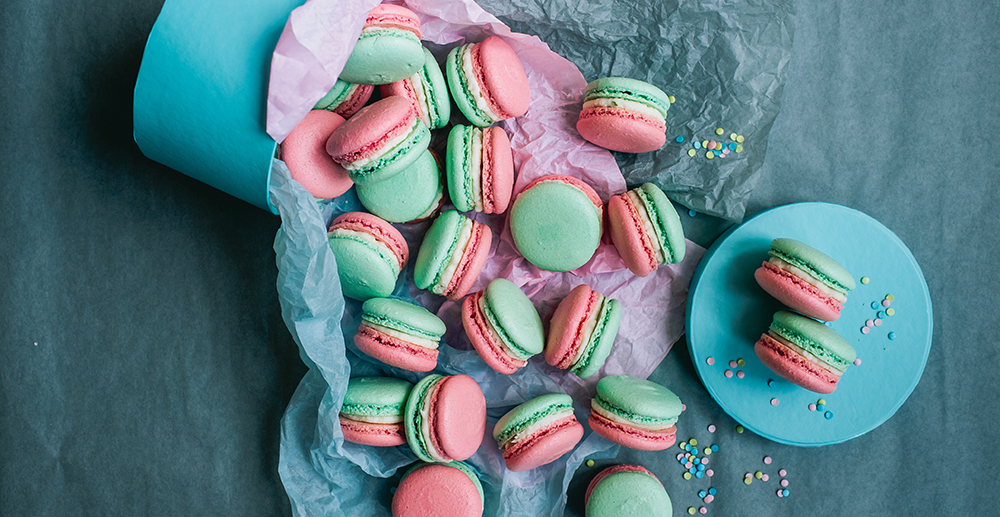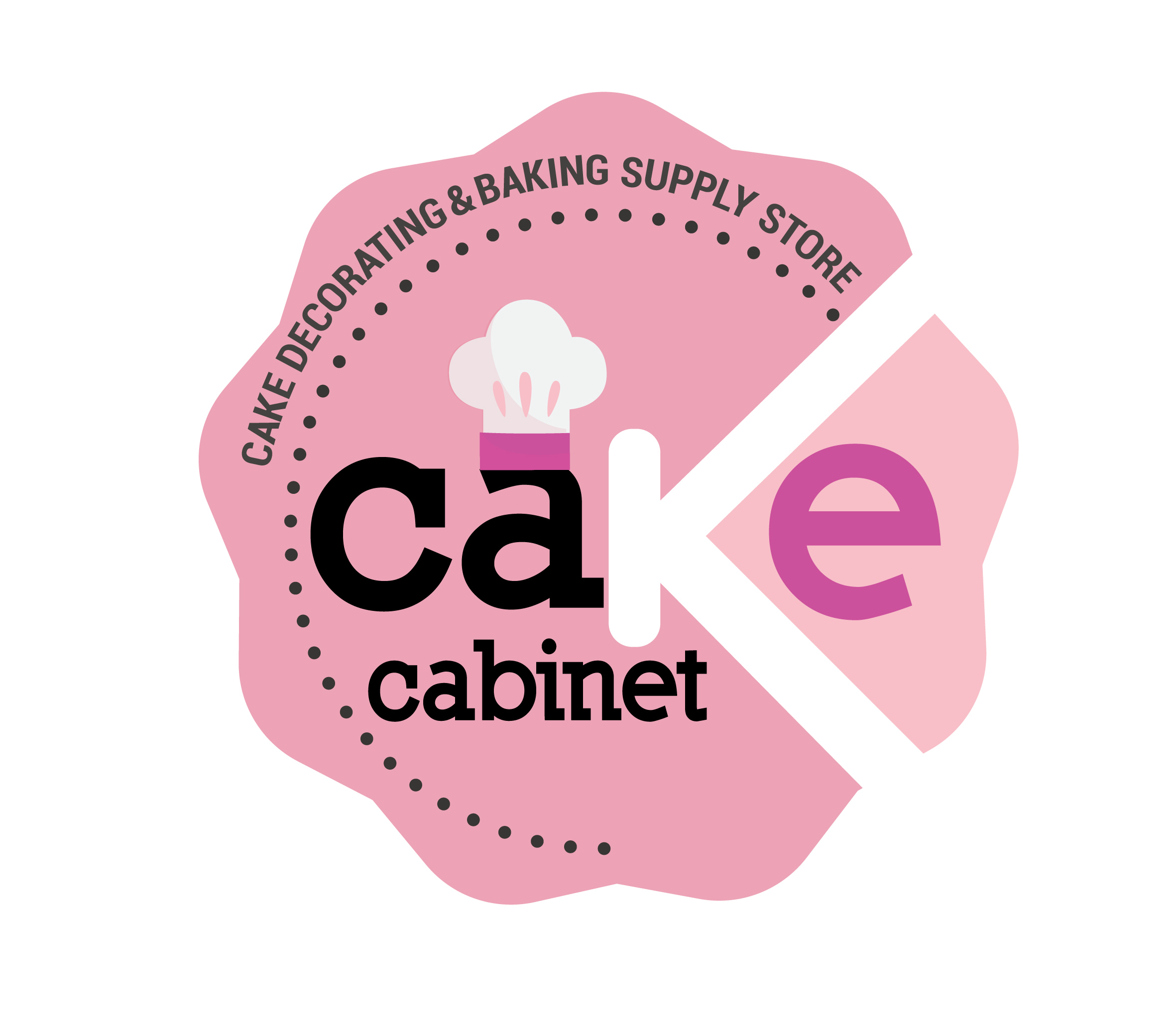How to Make Macarons

So what is a Macaron? And is it French?…… Well, that is another question in itself. A Macaron is, of course, a meringue-based sweet confection, it sits in the petit four category because it's eaten in one bite, but if you are like us, one small bite goes a long way, you can observe, taste and see all the tiny details. It is then filled with ganache, buttercream or jam and sandwiched between two meringue cookies. Macaron is also known as a Gerbet or Paris Macaron, originating in Italy, created by the monks in the 8th Century. The word Macaron is derived from the Italian word Maccerone, which means to crush and it is believed to represent the crushed almonds, which is the main essential ingredient. The first macaron was introduced to France in 1533 which was brought over by Catherine de’Medici’s, Italian pastry chef.
Many famous pastry chefs are specialising in maracons, in France, there is The Picasso of Pastry: Pierre Hermé – using pleasure as his only guide.
Chef Pierre Desfontaines of Ladurée was also credited for his flavours in the earlier parts of the 20th century.
Now, we have covered the history lesson, let's get down to some serious business of making these little gems. There are two methods: A. French Meringue and B. Italian Meringue. Very two different ways, same ingredients, just French meringue requires the piped rounds to rest for at least 1-2 hours till they are completely dried out, and little feet start to form (feet is what they stand on, the crinkled bubble stands). Italian meringue can rest for 20 minutes or if you are in a rush, directly goes into the oven!
French Meringue:
- 125g Icing sugar
- 65g ground almonds
- 60g egg whites
- 12g caster sugar
- 1 tsp vanilla extract
- Food colouring of your choice
- Make sure your mixing bowl and whisk attachment are free of any grease. Clean with lemon and a paper towel.
- Crack the egg whites in the bowl (making sure no yolk is in there) and whisk.
- Start slowly allowing bubbles to form, then to medium speed till its foamy. Add the caster sugar, and continuing whisking till its all incorporated. You want a glossy, stiff meringue!
- Sift all the dry ingredients and add to meringue mixture. Gently fold in with a Maryse but also force the powder into the meringue, keeping the aeration.
- Add the vanilla extract and food colouring. If the consistency of the mixture is too thick, add a little bit of egg white, it should be a dropping consistency, but not loose that it all fall out!
- Fill a piping bag with round nozzle 10, pipe rounds onto a Silpat mat; they must all be consistent. (If you have a macaron mat, use that! If not, draw rounds onto parchment paper using a round 3cm cutter and use that as a template)
- Allow the macarons to dry out for 1-2 hours completely; they should have a skin on top.
- Place an empty tray on the top rack and then place the macaron tray underneath (this prevents the macs from losing the colour and also burning)
- Bake at 140 degrees for 14-16 minutes. Test: feet should form, and they should release easily once moved.
- 200ml whipping cream
- 200g milk chocolate couverture
- 50g soft unsalted butter
- Cream in a saucepan and allow to heat to approximately 70/80 degrees, do not boil!!
- Over a bain-marie, melt the chocolate to 40 degrees.
- Remove cream off the heat, add to the chocolate in 3 inclusions. Combining from the middle, working your way out. Fully incorporate before adding the next addition.
- Add the softened butter in small chunks.
- Place onto a tray, or keep it in the bowl and chill at room temperature. Scrape the ganache every 15 minutes, check the consistency, it should be able to stand on its own, not be too runny, but pipeable, holding its shape.
- 180g caster sugar
- 75ml water
- 50g egg yolk
- 50g egg (1 medium egg)
- 1 vanilla p0d/1 tsp vanilla extract
- 250g softened unsalted butter – room temperature
- Water and sugar in a heavy bottom saucepan and cook to soft ball stage – 120 degrees. Keep a thermometer in the pan.
- Egg yolk + egg in a mixing bowl with whisk attachment. Once the sugar reaches 112 degrees, start whisking eggs on high speed.
- Once the sugar has reached 119 degrees, remove off the heat, allow the bubbles to settle, lower the speed of the mixer to low, and slowly start pouring the hot sugar down the side of the bowl, (avoid the whisk).
- Increase speed to high and continuing whisking till bowl reaches room temperature.
- Scrape all the sides, add soft chunks of butter, vanilla extract and food colouring (optional). Continue to whisk for a few minutes till all is combined.
- Fill a piping bag with a nozzle of your choice, and you’re all set to go.
- 200g ground almonds
- 200g icing sugar
- 135g egg whites
- 270g caster sugar
- 80g water
- 80 egg whites – to adjust consistency
- 1 tsp vanilla extract
- Food colouring
- Sieve all dry ingredients twice
- Water + Sugar in a pan and cook to soft ball stage, 120 degrees. Keep a thermometer in the pan.
- Egg whites in a nice, greaseproof mixer bowl with whisk attachment Once the sugar reaches 112 degrees, start the mixer on medium speed, allow them to become foamy.
- Gradually pour the hot mixture down the side of the bowl, avoiding whisk. Continue whisking till bowl reaches room temperature.
- Add the food colouring and extract at this stage too. Incorporate the dry mixture gently. If the mixture is stiff, add the additional egg white and force into the batter. Should be a dropping consistency.
- Fill a piping bag with round nozzle 10 and pipe rounds straight onto Silpat mat or greaseproof paper.
- Tap the tray several times to release air pockets, and to flatten the tops. 8. At this stage, you can add anything you want, dry fruits, glitter, sprinkles, food powders etc.
- Bake at 140 degrees for 12-14 minutes, place an empty tray on the top rack of your oven and place your macaron tray under it. Test: Pinch the shell, should release on its own.
